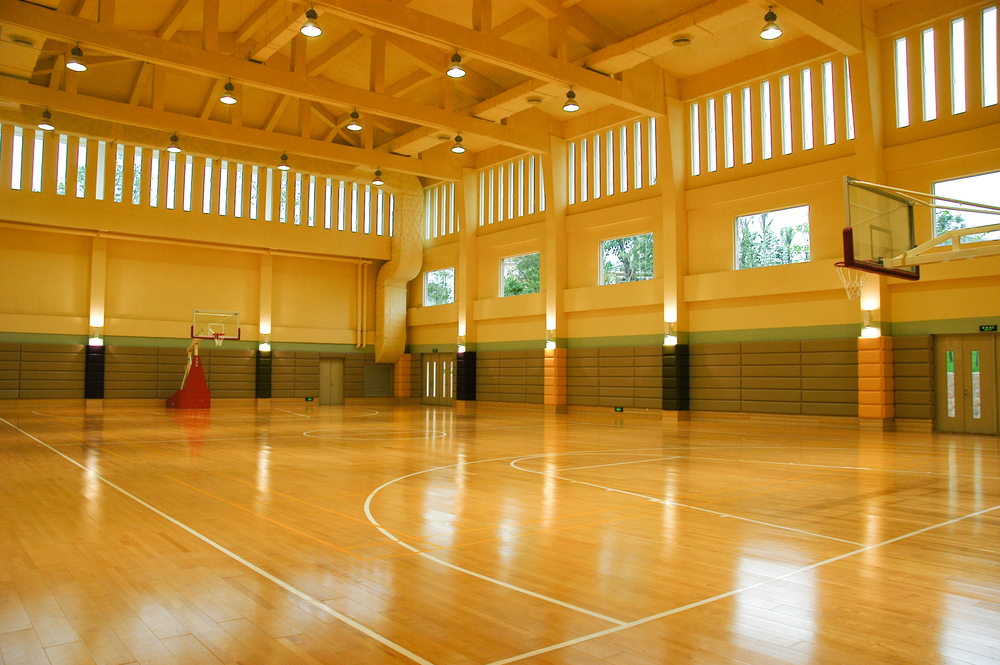When the Boys Fit in Better Than the Girls
Racially integrated schools offer a number of benefits for students: they are able to expand their cultural outlooks, gain new friends, learn about those who are different, and get better educations at schools with better resources than they would otherwise attend. However, there are a number of challenges as well. Students may struggle with making friends, interacting across racial lines, developing an ethnic identity and with academic achievement. Although not always the case, unfortunately it is usually minority students who must deal with these challenges and figure out how to “fit in” – a challenge for any adolescent in high school.
A vast amount of sociological literature has been devoted to how attending integrated schools affects race relations, attitudes, friendship patterns and achievement. Yet, there is much less research on what this experience is like on a day to day basis for students and how students feel about and deal with the benefits and challenges they face. Do students who are bussed to other schools, where they are the minority, feel like they are a part of the school? How do they go about “fitting in,” if they do at all? Do they even want to? And importantly for policymakers and educators, what can the school do to facilitate students’ social integration?
In a recent article, (Holland, Megan M. 2012. “Only Here for the Day: The Social Integration of Minority Students at a Majority White High School. Sociology of Education 85(2):101-120), I wrote about the process of social integration for minority students at one majority white high school in a Northeastern suburb. This article drew from data of a larger study, which examined the socio-cultural contexts of diverse schools, was funded by the William T. Grant Foundation and was conducted by Prudence L. Carter ( see also Stubborn Roots: Race, Culture, and Inequality in U.S. and South African Schools, Oxford University Press, 2012). At Village High, students were bussed in from a nearby city through a voluntary desegregation program (VDP). These students were African American and Latino and mostly working and lower-middle class, while the population of Village, the town they attended school in, was over 90% white and with a median household income of nearly a $100,000. Through my analysis of data drawn from the larger project, I wanted to examine how students did or did not go about integrating into the social structure and culture of one particular school, and also what role the school itself played in helping or hindering students.
Interestingly, in my analyses of interviews with 43 students who attended Village High School, I found important gender differences in how males and females who participated in VDP viewed their experiences at Village High School. For these students, their race/gender status (and the cultural signals attached to it) played a prominent role in facilitating or hampering their integration into the school.
For the most part, the minority males were much more satisfied with their social experiences. They described feeling relaxed and eager to take the bus ride out to Village and many males spent nights and weekends in the town. For example, an 11th grade African American male, when asked what he did and did not like about Village, answered,
Something I like is I like any time I come out here, I get to be normal. I can just like relax and be cool about things and back home I’ve got to be like, looking over my shoulder and stuff like that. You see everybody just expressing who they really are . . . So, you know, you get to express your individuality without worrying about other people judging you [at VHS].
The males also had many friends outside of VDP. In contrast, the VDP females did not feel as though they were a part of the school in the same way the males did. In general, they were much more dissatisfied with their social experiences. The girls described feeling like they were constantly being judged by the Village community and student body and felt like they never quite able to live up to the high academic standards that were set for them. They felt like they had to represent all VDP students and described feeling a weight on their shoulders when they came out to Village. For example, an 11th grade female commented in her interview, “And they [the Village Community] put us in a group and it’s hard because they expect us all to . . . come here and goof off and not do well and or those kids who do, it’s like, it’s such a big surprise . . .” Her friend, another 11th grade female, followed up by saying “ . . . .as a group, VDP, we have to live up to certain expectations that the community or Village has for us as a group of VDP kids.” In addition to these feelings, the girls also tended to have social circles that did not extend much past VDP students.
These vastly different social experiences are important to understand, and troubling for educators. A student’s initial experience in an integrated setting may influence her future choice of college, career and neighborhood. Gender differences in high school experiences may lead to gender differences in students’ educational and career plans, personal and professional networks, and racial attitudes. It is therefore important to understand how these different experiences “fitting in” to school came about and what schools can do. I found that two interacting processes influenced these gender differences. Minority males at Village had higher social status and were seen as more approachable than the females. One way boys gained higher social status was through participating in sports which made the boys “known” at the school and expanded their social circles. An 11th grade African American male explained how sports helped him make friends by saying,
I got to know a lot of kids through sports. You know, baseball kind of boosts up a lot of your confidence, a lot of your friends and stuff like that. So just, I mean, sometimes when you’re practicing with the varsity guys and, you know, that’s how you know your name starts to circulate. . . you start to meet some of their friends and they start to meet some of your friends and then your whole fan base…or your whole, you know, friend base just expands.
Minority males also worked to make themselves more approachable. They actively played down negative African American stereotypes that painted them as unintelligent and aggressive. In contrast, the minority females had few avenues to gain social status at Village. They did not participate in sports or in other afterschool activities at the same rate as the males. The girls also tended to be associated with negative African American female stereotypes, such as being loud and hostile. For example, the only VDP student who was mentioned in the Yearbook’s Superlatives section was an African American female who won for loudest person. The females also claimed they did not change how they acted when in Village as they males did.
The school itself, unknowingly, also contributed to creating gender differences in students’ experiences. Boys gained many friends by participating in sports; however, transportation logistics limited the females’ participation. Most sports ended after the “late bus” took VDP students back to the city. VDP males embraced the idea of staying overnight in Village with friends and teammates and made long-lasting relationships with their “host families.” Girls, however, were reluctant to stay overnight at friends’ houses, and their parents worried about them and would prohibit them from staying overnight or from participating in activities where their transportation home was uncertain. The school also served to separate and essentially segregate VDP males and females with the creation of the VDP room – a study hall meant to provide a safe place for VDP students to get academic help from the African American female tutor who staffed it. The girls bonded with the tutor and spent much of their time in the VDP room. The boys however, felt the tutor preferenced the girls, and so spent more time outside the room, ate in the cafeteria and attended different study halls. This served to further distance the girls from the Village community, yet left the boys without the academic help they needed.
These gender differences point to internal variations among students who participate in desegregation programs that are not always discussed, or well understood. Many times we tend to focus on the academic outcomes of such programs, overlooking an equally important component – the lived, day-to-day experiences of students. Schools must not make the mistake that one-size-fits-all when addressing the needs of students, and must consider how race and gender may intersect to create very different integration experiences.























































































